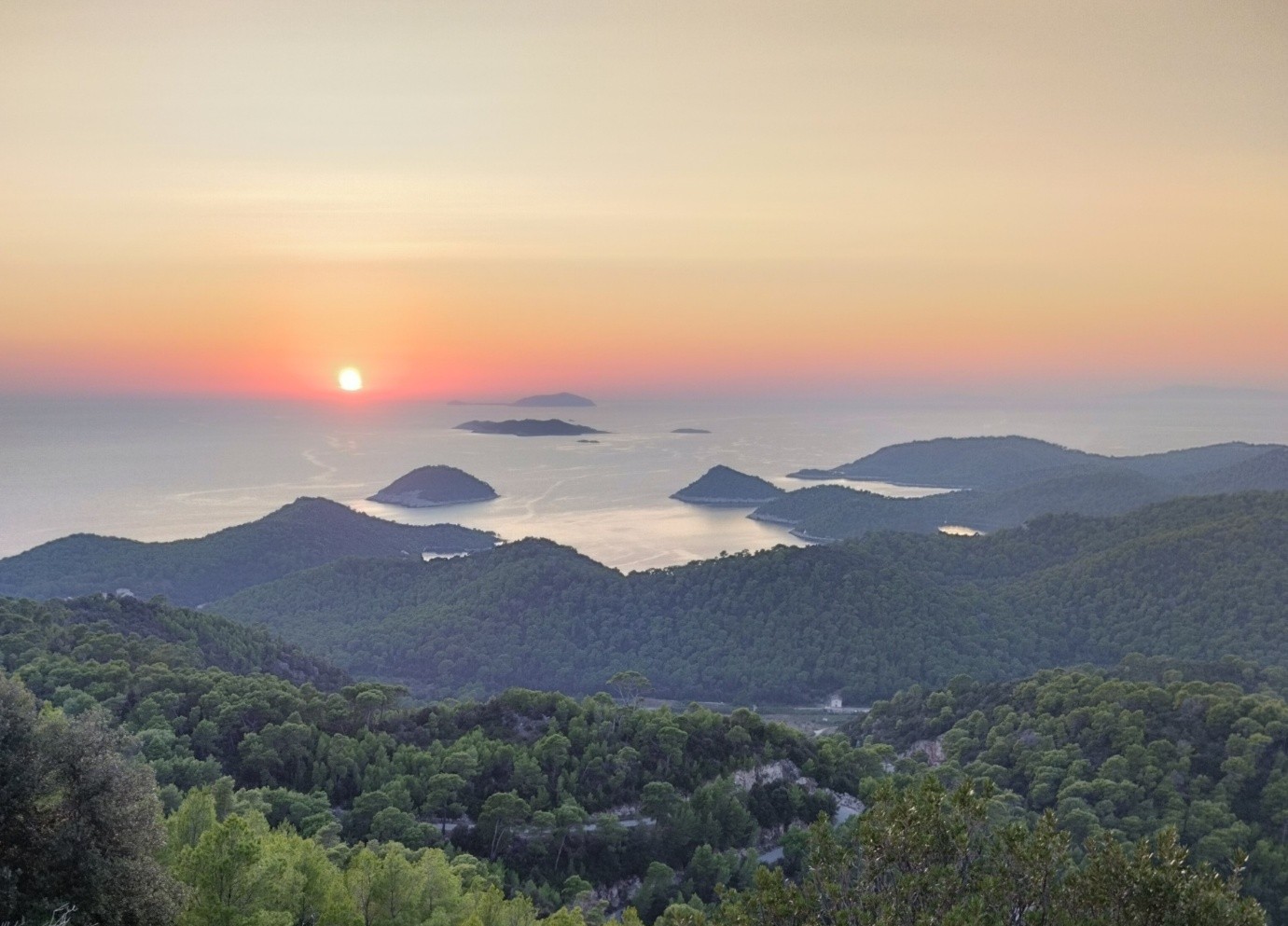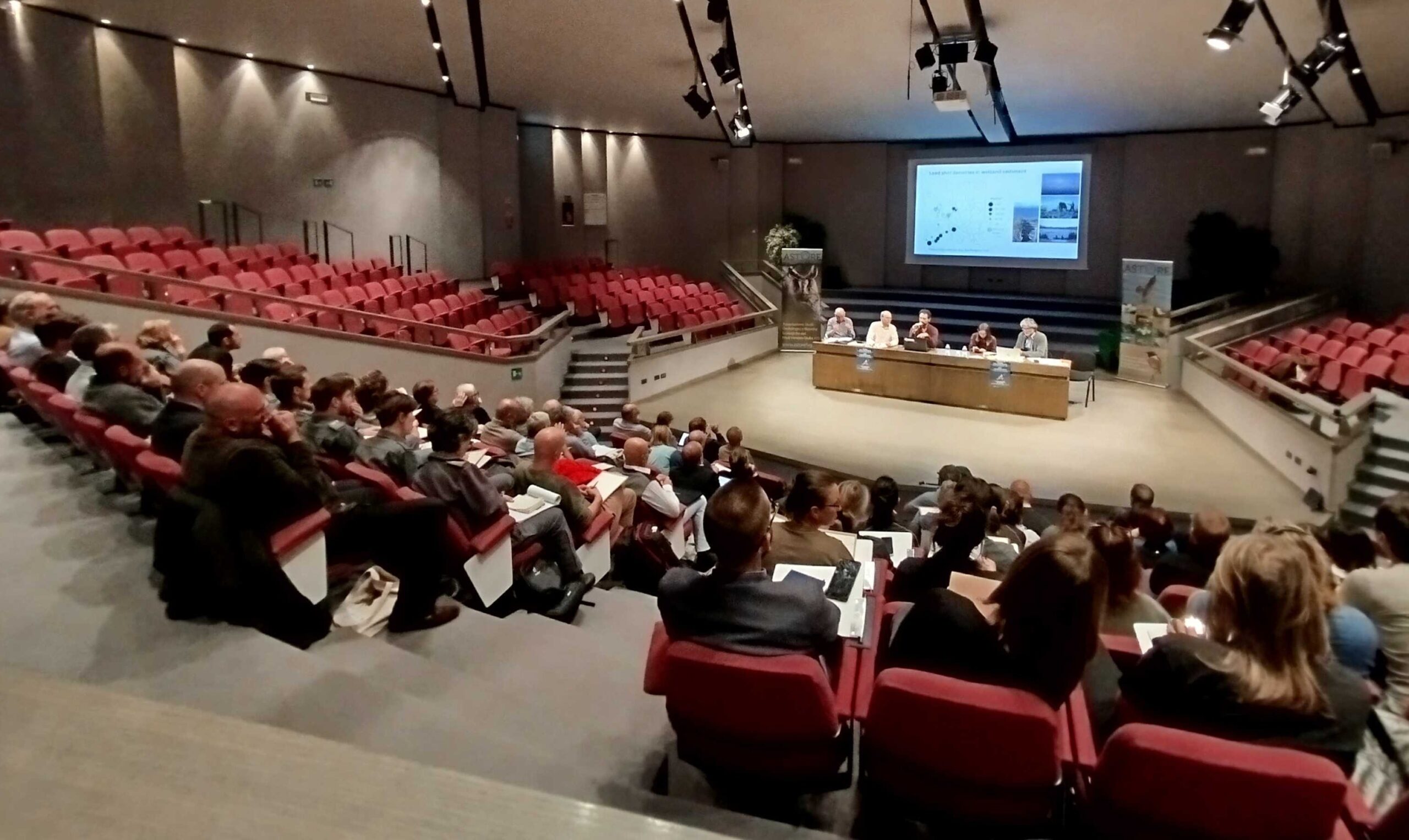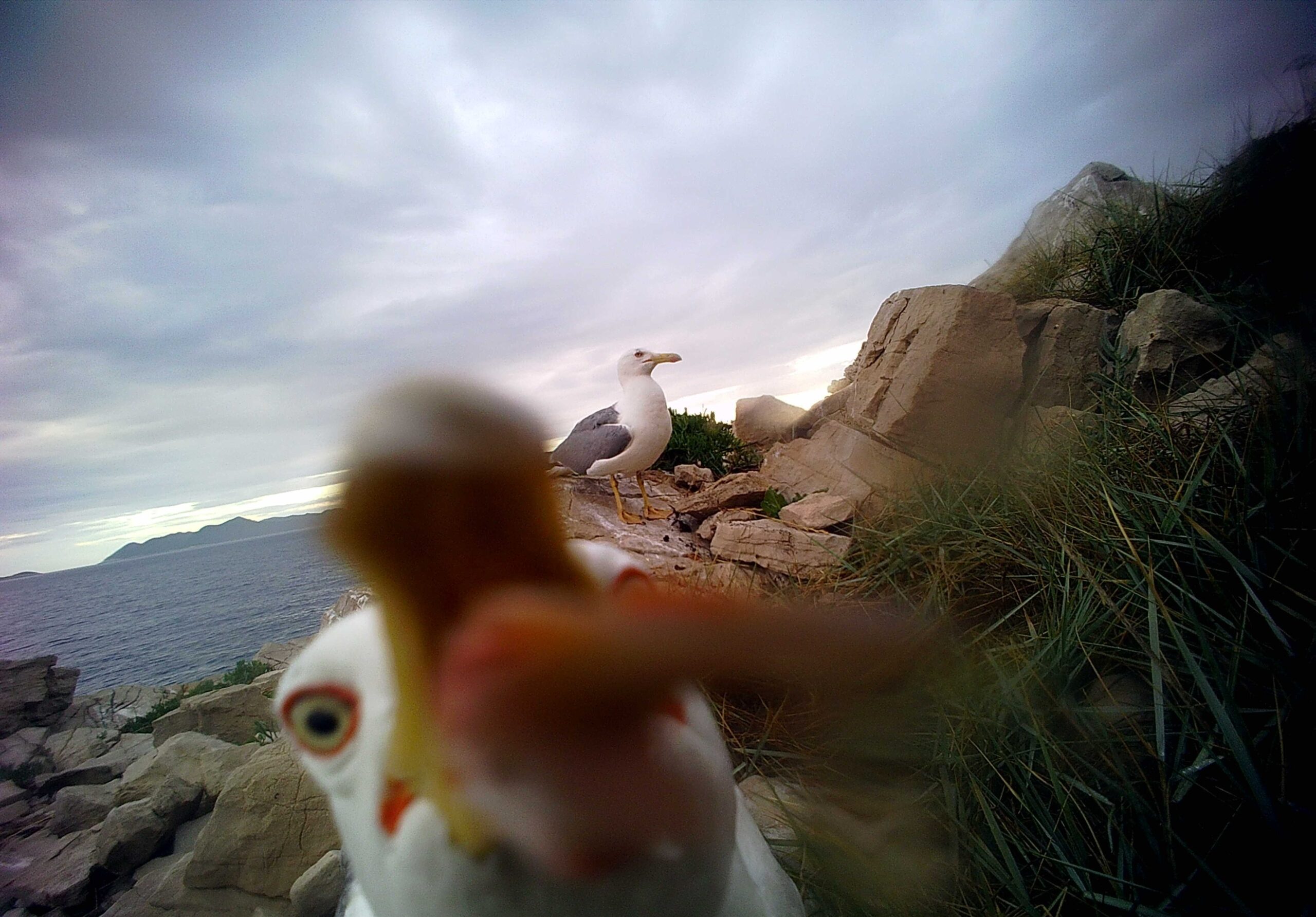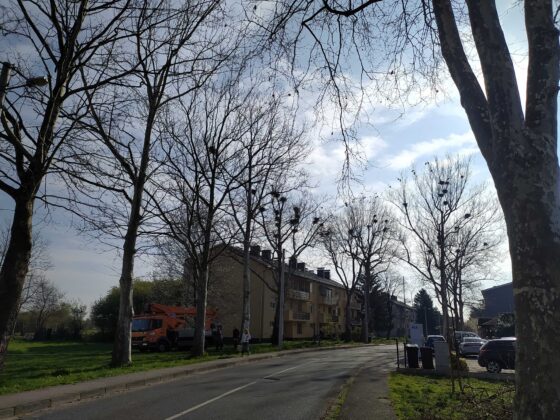
The arrival of spring greeted us with a concerning scene: the demolition of fully constructed bird nests in the Botinec neighbourhood of Zagreb.
Rooks, elected as birds of the year in 2024, have been intensively building nests in urban colonies for the last three weeks. The preparation for egg laying and rearing young birds can often be chaotic and loud, causing concern for some residents who may request nest removal from the city. However, this noise and disturbance are temporary and only persist during the nest-building stage before the trees are fully leafed out. Once the birds begin incubating the eggs, the noise levels decrease.
So, what exactly is happening in Zagreb? As rooks are in the final stages of completing their nests, the employees of Zrinjevac are coming to prune branches and demolish the nests. How will the rooks react to this? They will simply start rebuilding their nests. Some may relocate slightly, spreading over a wider area and choosing different locations, which will result in a looser and more dispersed colony. However, this also means they will need an additional 1 to 4 weeks for the construction, collecting the necessary nest material all over again. This requires intense flying over the area, transporting nest construction material, securing the territory with associated noise, droppings, and other activities. All of these factors contribute to prolonging the nesting season by up to a month!
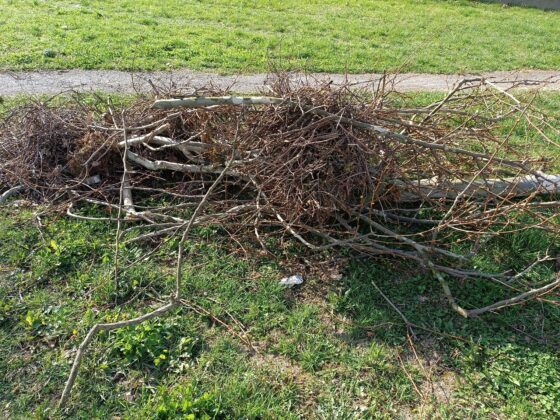
Nest demolition during the nesting season is illegal and has been shown to be ineffective. It results in an extended period of intensive nest-building by birds, prolonging the nesting season and causing colonies to scatter over a wider area. Furthermore, the unsuitability and necessity of avoiding this practice were collectively agreed upon during a session of the Agriculture, Forestry, and Water Management Committee of the Zagreb City Assembly on March 10, 2022.
Even though the method has been shown to be ineffective and is against the law, it is unfortunate that we continue to see it being used regularly in Zagreb.
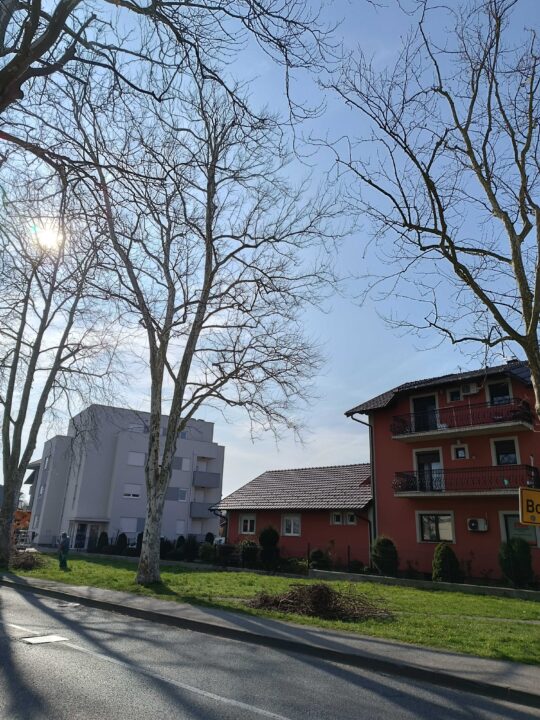
“Zagreb has a history of the senseless and illegal destruction of rook nests. The Biom Association has collected administrative decisions from the Ministry of Agriculture that detail efforts to reduce the populations of rooks and grey crows in Croatia from 2016 to 2023. In various cities such as Varaždin, Čakovec, Osijek, and Beli Manastir, nests have been destroyed based on these decisions. The cities of Zagreb and Sisak did not even submit a request to demolish the nests but instead routinely destroyed them during the nesting season. For instance, in 2019, 120 nests with eggs and nestlings were demolished in the Botinec neighbourhood alone, leading to the estimated illegal destruction of over 1,400 eggs and birds throughout Zagreb”, as stated by Bolesław Słociński, the head of the programme against wildlife poaching, poisoning, and other crimes against nature in the association Biom.
The continued use of this method to resolve conflicts between crows and citizens, despite its ineffectiveness in reducing crow populations and only leading to the expansion of colonies into broader urban areas, serves as clear evidence that we must discontinue this harmful practice.
But how can we live in harmony with rooks? It is essential to address the issue strategically and adopt a long-term perspective. The city of Zagreb can contribute to solving this problem by safeguarding colonies in locations not directly adjacent to residential buildings (including those outside city limits), planning the planting of trees preferred by rooks away from residential areas, strategically pruning branches in contentious areas before nesting season, relocating benches and other infrastructure situated directly beneath colonies, constructing green canopies over parking lots, implementing more frequent cleaning and maintenance of areas under colonies, and exploring additional measures to promote coexistence.
We advocate for an end to public spending on ineffective approaches. Instead, we recommend investing in lasting solutions that promote the well-being of both citizens and the birds that inhabit our neighbourhoods.
Translated by: Maja Dragojevic




